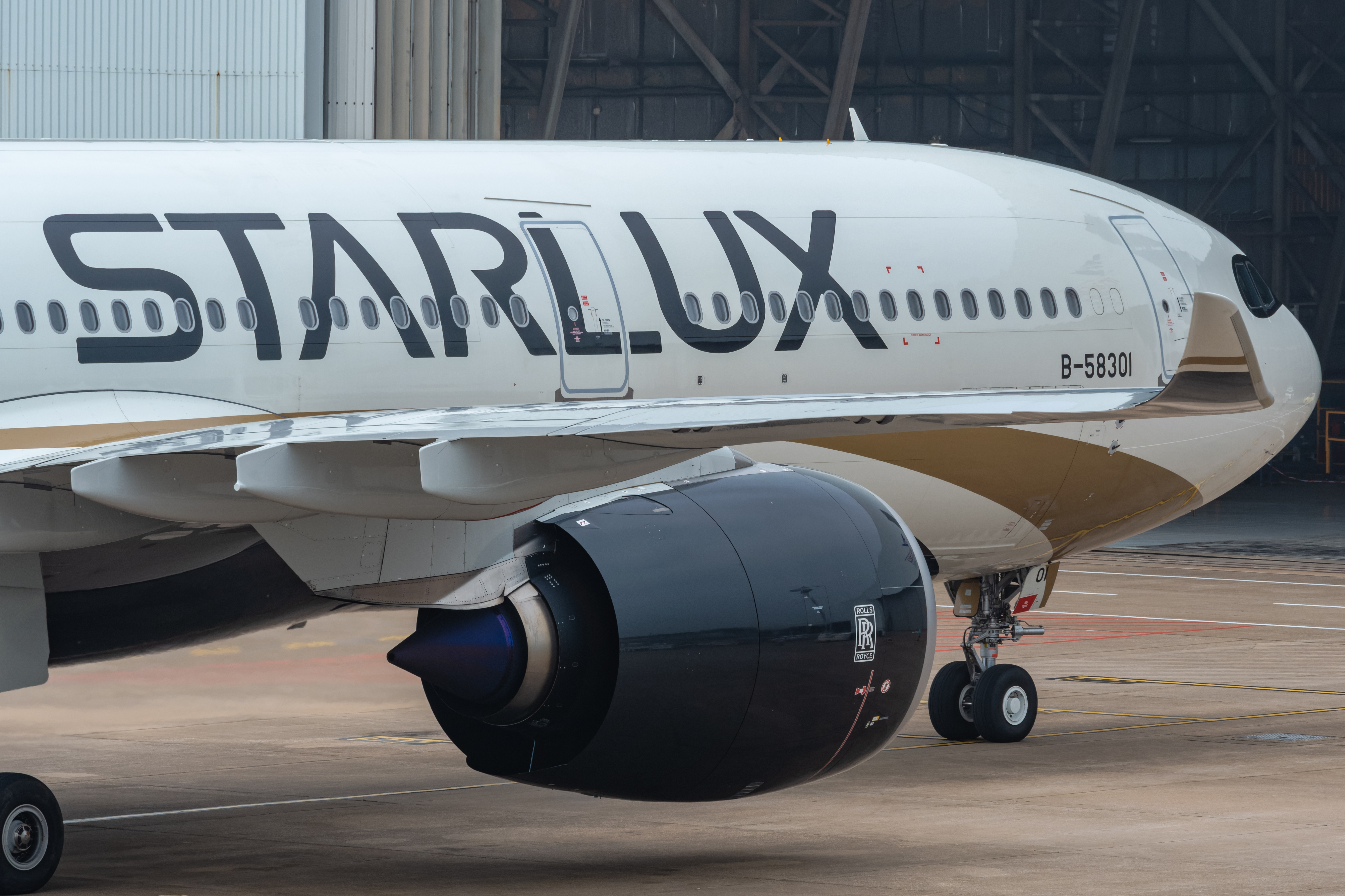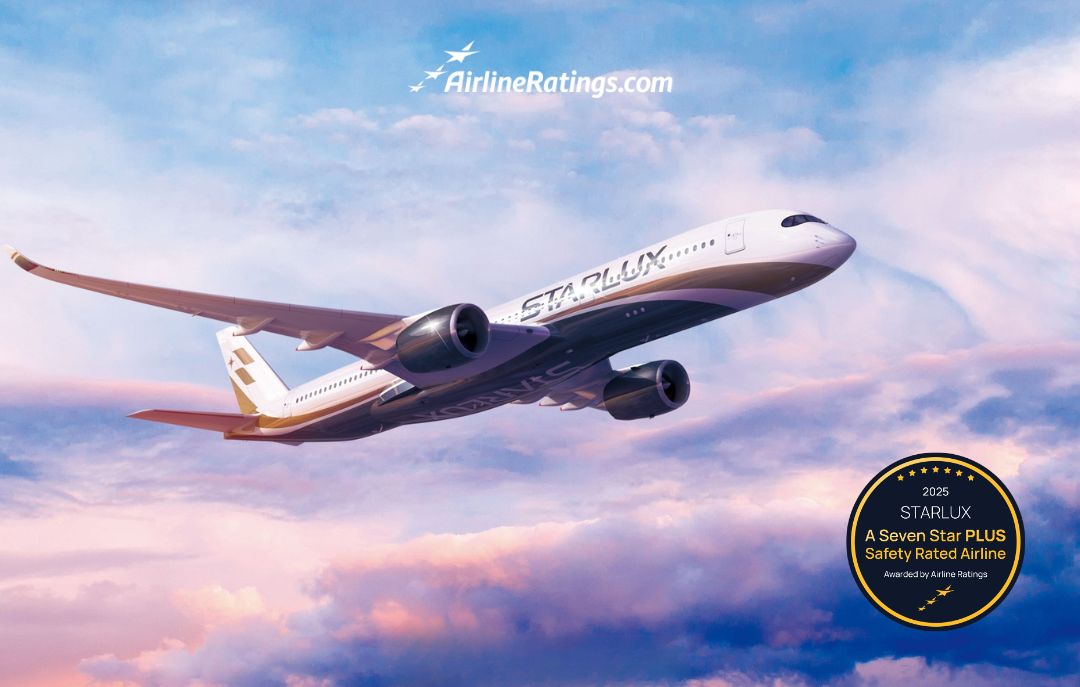
By Chris Frame
Published Fri Apr 26 2024
For most of us, it’s hard to imagine a world where travel by jet airliner wasn’t the norm. Yet from ancient times to the mid-20th century, ships dominated global passenger transportation.
Within the historical record, wooden-hulled sailing ships reigned supreme for most of the passenger ship’s almost 6,000-year heritage. From the Polynesian islands to ancient Egypt, China and the once numerous European empires, sailing ships facilitated the movement of people across the globe.
While rudimentary steam engines had existed for centuries, the 1830s and 1840s saw the technology adapted for widespread use aboard ships. The gradual replacement of sail with steam gave birth to the era of the steamship. As these ships grew, engineers adapted iron and later steel, to build even larger hulls and superstructures – doing away with the wooden designs that had endured for thousands of years.
Throughout the late 19th century and early 20th century, shipbuilders expanded their designs to create larger, faster, and more comfortable ocean liners. The 1880s saw the widespread adoption of electricity aboard. The 1890s witnessed an upscaling of amenities and passenger comforts, while in the 1900s fast and efficient turbine engines powered the giant Lusitania and Mauretania at record-breaking speeds – allowing them to cross the Atlantic in under 6 days.
The Atlantic speed record, known as the Blue Riband, was held by the ship that made the fastest Westbound crossing – west being more challenging due to the Atlantic currents.
Throughout the 20th century, speeds quickened. Queen Mary achieved a crossing in under 4 days in 1938, and the SS United States crossed in 3 days, 12 hours 12 minutes in 1952 – the fastest transatlantic transit ever achieved by Ocean Liner.

The QE2 survived the jet age by blending resort facilities with traditional transatlantic liner capabilities.
However, by the 1950s the global travel paradigm was starting to shift. The same year as SS United States blitzed her way across the Atlantic, the de Havilland Comet entered service with BOAC.
While the range of the first Comet variant meant the aircraft could not make efficient transatlantic crossings, the comfort and convenience of jet air travel took the world by storm. But the Comet’s reign was short-lived, with the airliner suffering numerous fatal crashes that irreversibly damaged its reputation.
Yet despite devastating losses, the pace of change quickened. In 1957, for the first time, the number of air travellers eclipsed sea travellers on the prestigious transatlantic service.
This shift was driven by improvements in large piston driven airliners, such as the Lockheed Constellation and the Douglas DC-7. Yet there were still plenty of travellers taking ocean crossings, and for a brief period, shipping executives attempted to maintain the status quo.

BOAC Douglas DC-7C
However, on October 26, 1958, the Boeing 707 entered service with Pan American Airways. This aircraft, N711PA ‘Clipper America’, set off from New York flying an 8-hour, 41-minute service to Paris.
Though the aircraft did make a fuel stop at Gander, Canada, on the return service, the speed of the service was a true game-changer. The 707-made ships, even the mighty SS United States, appear positively glacial.

As more jet aircraft, entered service on the North Atlantic, passengers with means flocked to the airlines. The question on the mind of many travellers was: ‘Why spend days at sea on a ship when I can cross the Atlantic in just a few hours by air?’
Nearly always, the answer resolved in favour of air travel. And as Douglas DC-8s joined the world’s fleets from 1959 and Vickers VC10s from 1964, there were ever more airlines operating jet services.

Passenger shipping on the North Atlantic was almost immediately impacted. And the shift to jets spread globally, meaning the loss of ocean liner passengers was not constrained to the North Atlantic.

Qantas, for example, was the first non-US carrier to operate the 707, flying the modified long range -138 model from June 1959. These jets allowed the Australian flag carrier to compete head-to-head with long-established ocean liner operators for business travellers, as well as people with means emigrating to Australia.
Widebody airliners were the final death knell for passenger ships as a primary form of transport. The efficiency and capacity of the Boeing 747, Douglas DC-10 and Lockheed L-1011 led to an almost global adoption of air travel as the main way to travel between continents.
Throughout the 1960s and 1970s, ocean Liners were laid up en masse. Many were sent to scrap yards. A few, such as the iconic QE2, Mardi Gras and SS Norway, were able to transition successfully to a cruising role.
It may surprise you to know that the modern-day cruise industry owes much of its success to the same airlines that decimated ocean liner travel. But that is a story best left for another day.
JOIN: AirlineRatings.com YouTube Channel
GET: Accurate MH370 Information From AirlineRatings.com Newsletter
Airlineratings.com is packed with information about air travel and answers questions that many of us may have thought of, but didn’t know who to ask. Well, now you do!
Airlineratings.com was developed to provide everyone in the world with a one-stop shop for everything related to airlines, formed by a team of aviation editors, who have forensically researched nearly every airline in the world.
Our rating system is rated from one to seven stars on safety – with seven being the highest ranking. Within each airline, you will find the country of origin, airline code, booking URL and seat map information.
The rating system takes into account a number of different factors related to audits from aviation’s governing bodies, lead associations as well as the airline’s own safety data. Every airline has a safety rating breakdown so you can see exactly how they rate.
Over 230 of the airlines on the site that carry 99 per cent of the world’s passengers have a product rating.
Given that low-cost, regional and full-service carriers are so different we have constructed a different rating system for each which can be found within each airline.
Airlineratings.com has information on over 30 types of aircraft from the latest Boeing 787 to the A380 and smaller jets.
Best of all, there are simple answers to many of the quirky questions including:
“What are all those noises after takeoff and before landing?”
“Why do you have to put the window shades up for landing and takeoff?”
“What is a winglet and what is it for?
“Why is it so costly to fly short distances?”
“How often is an aircraft maintained?
“How strong is a wing?”
“How do they test aircraft”
“How often do plane tyres need to be replaced?”





